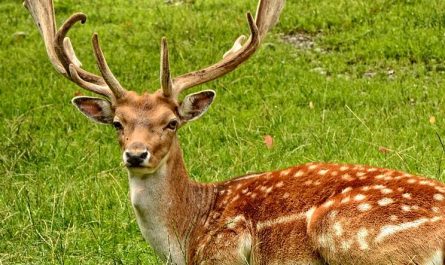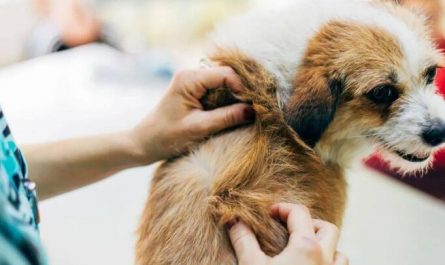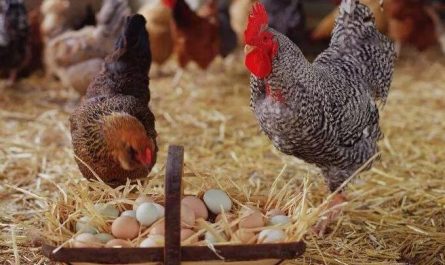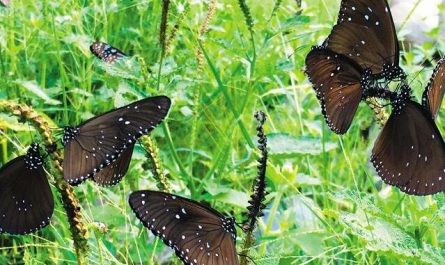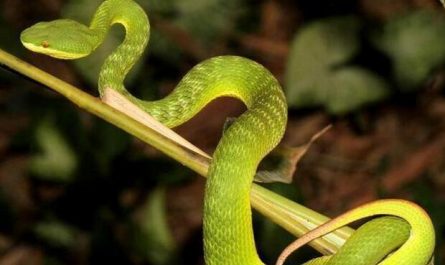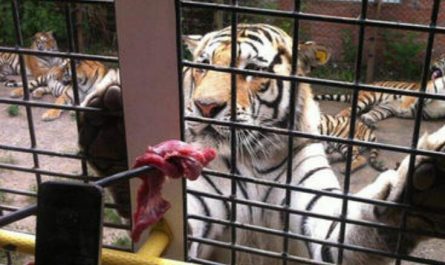The reason why the kangaroo’s tail can stand
The kangaroo’s tail has more than 20 highly connected spine bones, but only a few long bones. The author of the paper, Max Donelan, a biomedical engineer at Simon Fraser University, explained: “Researchers usually assume that the tail is only used to support weight in the five-legged movement, similar to a walking stick. No one knows how much it supports. Weight, no one assumes that it provides thrust during exercise.
However, recent studies have shown that their tails are more worthy of our attention. Their tails have more muscles than their forelimbs, and their energy-converting mitochondria have a higher density, which suggests that they may be able to take on a lot of work. These findings have also led people to think about whether the kangaroo’s tail has an active role in its walking.
To investigate further, Donelan and his colleagues filmed five red kangaroos walking in the laboratory. Through video observation and a force measuring device installed on the floor, researchers were able to assess the individual strength of the forelimbs, hindlimbs and tail. Donelan said: “We found that when kangaroos walk on five legs, their tails are used like a leg. Their tails seem to not only serve as support, but also provide thrust and power for walking.”
Donelan believes that the use of the tail when walking makes their forelimbs gradually smaller and lighter during the evolutionary process, which may make their jumping and walking more effective and help them reach speeds of up to 60 kilometers per hour. “Murdoch University marsupial anatomy expert Natalie Warburton: “This study at least confirms the use of the kangaroo’s tail during five-legged walking, which is the real fifth leg.
The role of kangaroo tail
1. The kangaroo’s tail can play the role of keeping it flat and can support the kangaroo’s body when the kangaroo is resting and use it as a stool.
2. The kangaroo’s tail can help the kangaroo jump faster and farther when it jumps. In the event of an emergency, a kangaroo can jump more than 10 meters with the help of its tail. When two kangaroos fight, their tails support their bodies.
3. The kangaroo’s tail is thick, long and full of muscles. When walking slowly, it acts as the “fifth limb”. When jumping, stretch backwards to balance the body. When encountering an enemy, it is also a “weapon” for self-defense and offensive. If the enemy is hit by its thick and powerful tail, it will be fatal.
The dietary characteristics of kangaroos
Kangaroos are herbivores and eat a variety of plants, some also eat fungi. Kangaroos live on short, green grasses close to the ground, leaving long grass and hay to other animals. Certain species of kangaroos also eat leaves or small tree teeth.
When they arrive in the zoo, they are fed with hay, carrots, vegetables, apples, biscuits, and black beans. There are many types of food and they are also rich in nutrients. They are also particular about eating.
A strange thing happened in the Chicago Zoo in the United States: There were 52 wallabies there, and 49 of them died suddenly within a year! They hurriedly invited experts to “consult”. Zoologists studied the feed of kangaroos and found forage. There is a lack of calcium and some minerals in the kangaroo, which is necessary for kangaroo life. So they added alfalfa, oats and various vegetables that are rich in minerals to the kangaroo. Within a month, the remaining three kangaroos recovered to health.
A well-developed sense of smell. In Tanzania, Africa, a Belgian company named Ai Bobo trained a group of African kangaroos to sniff out dangerous landmines left by war. After training, kangaroos can sniff out certain parts of the landmines. Chemical material.

